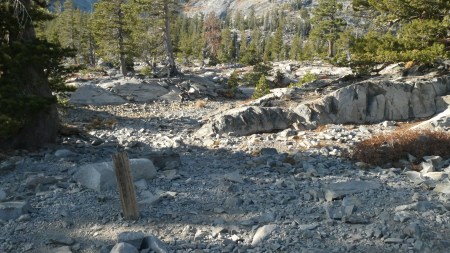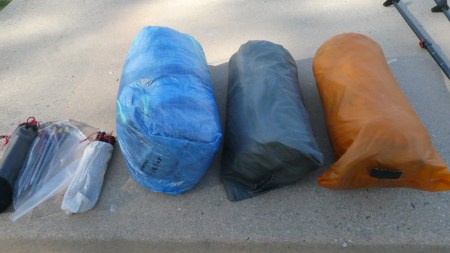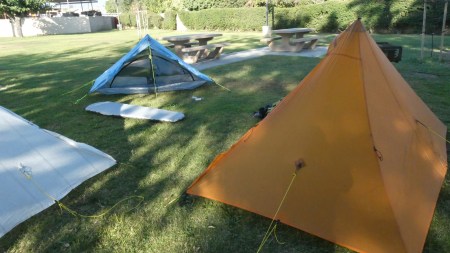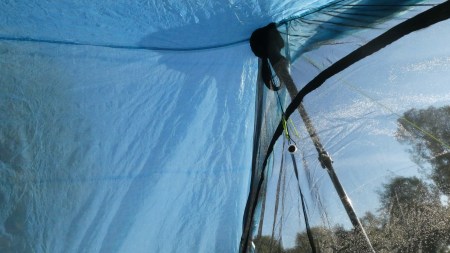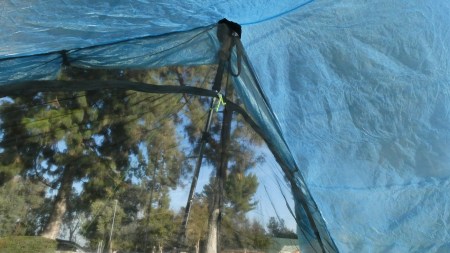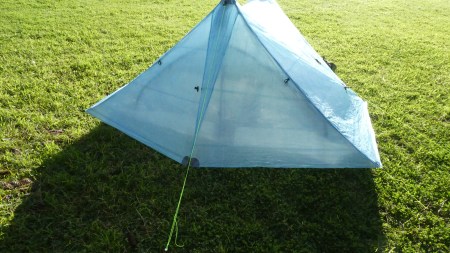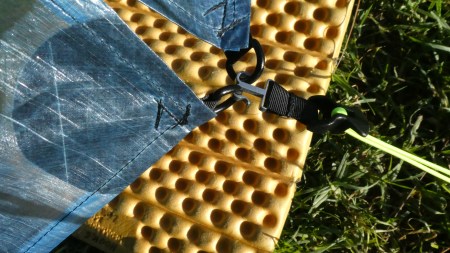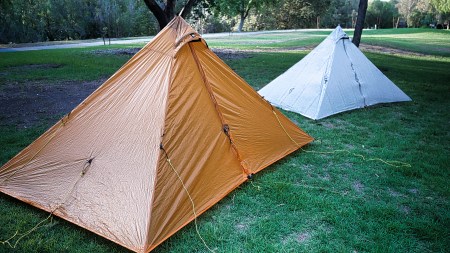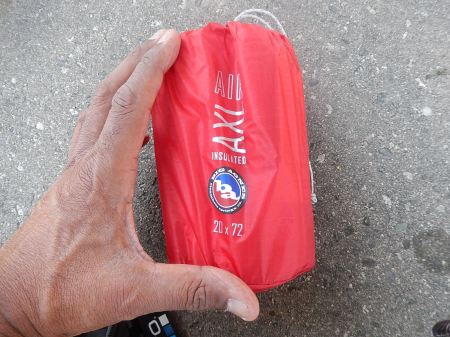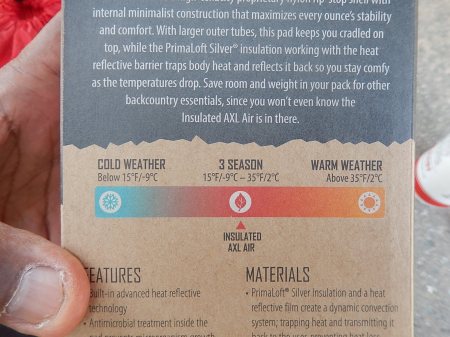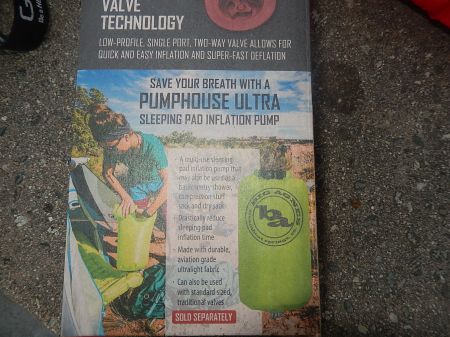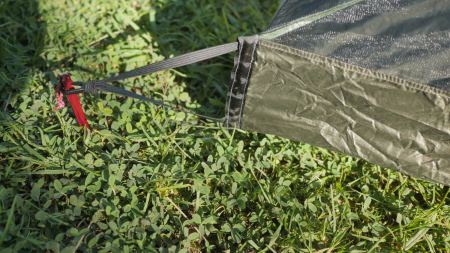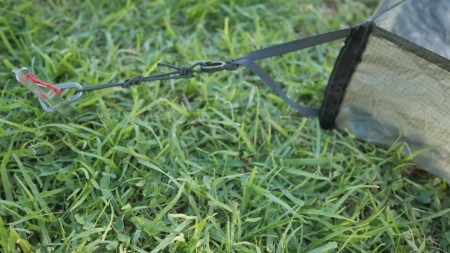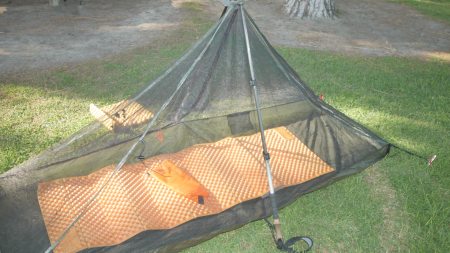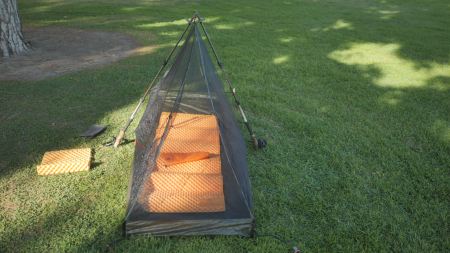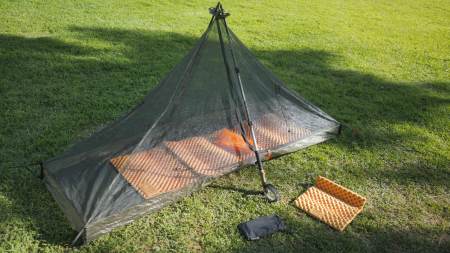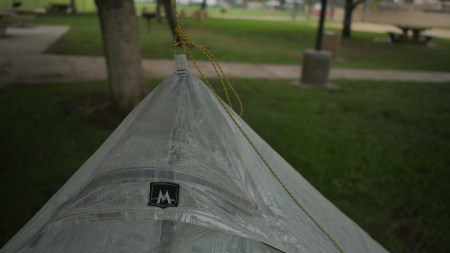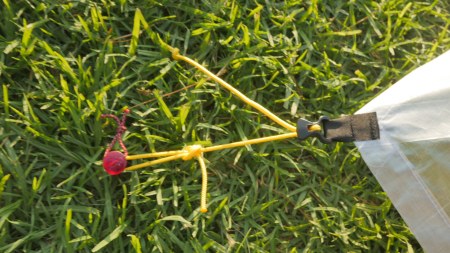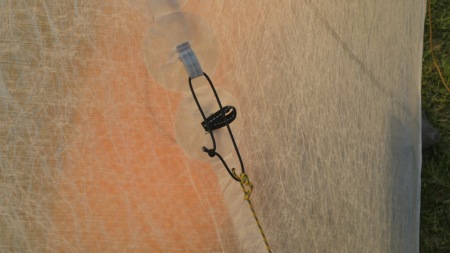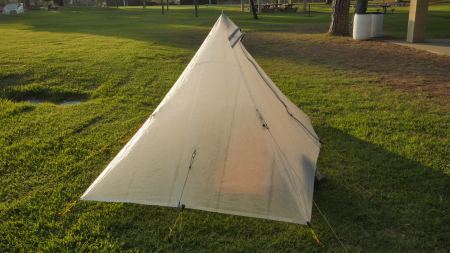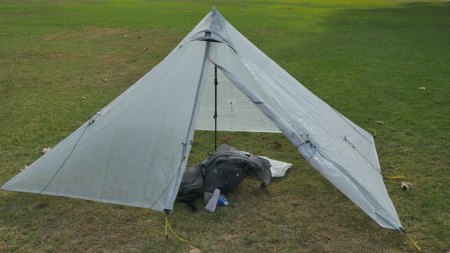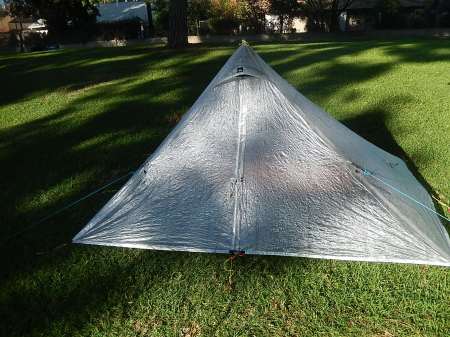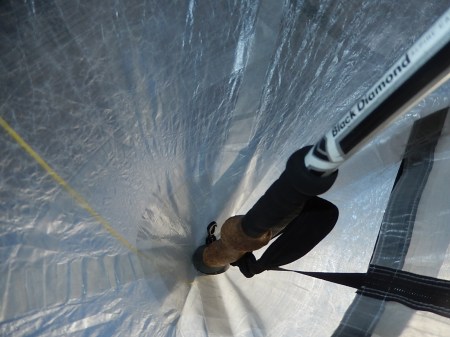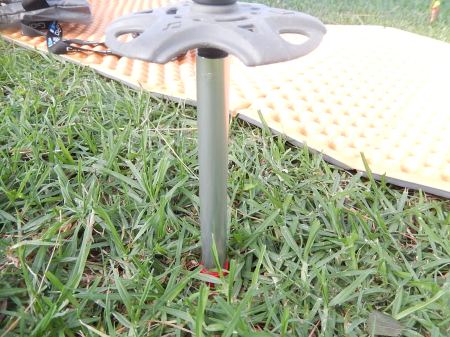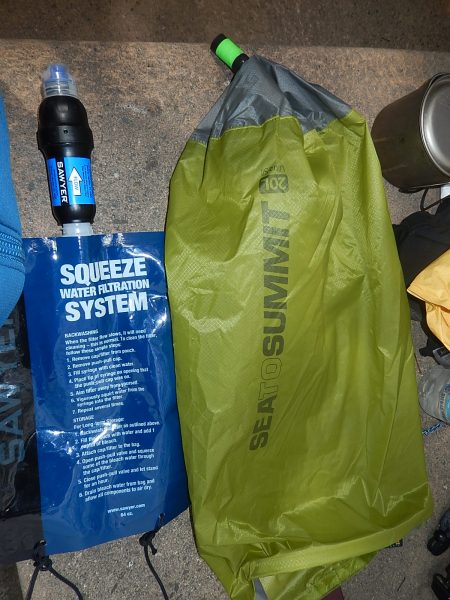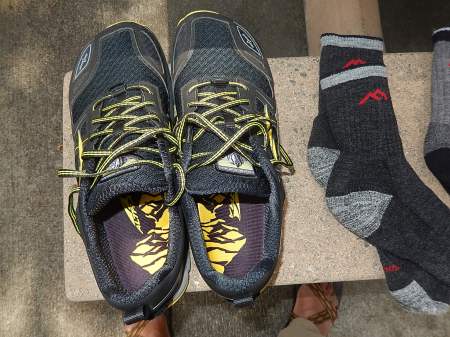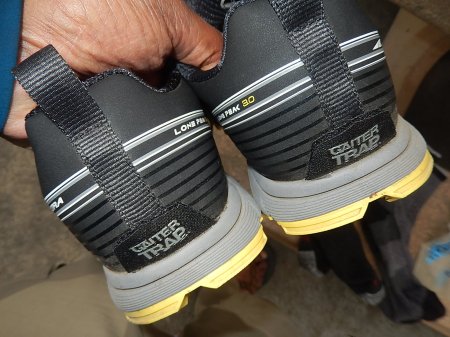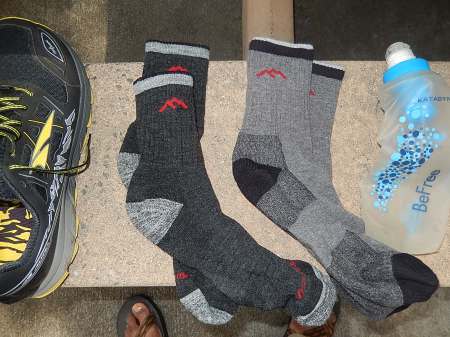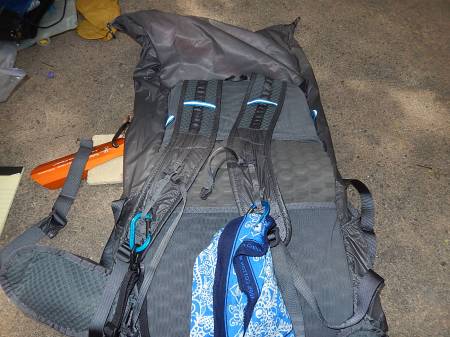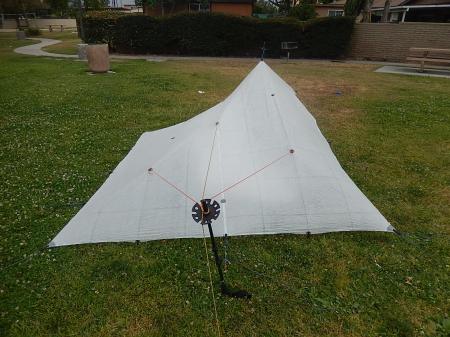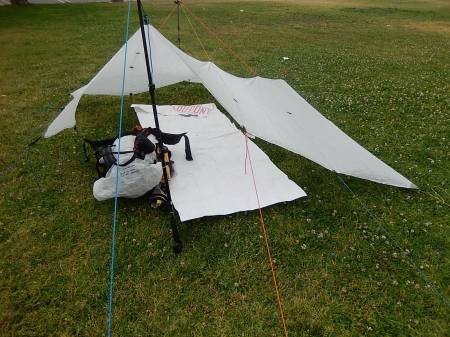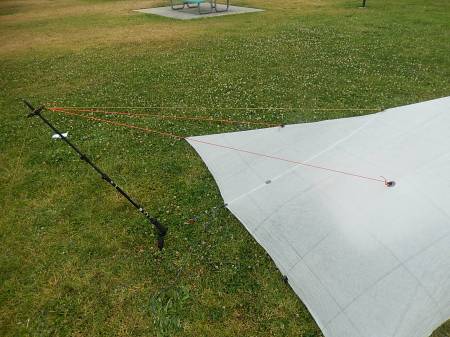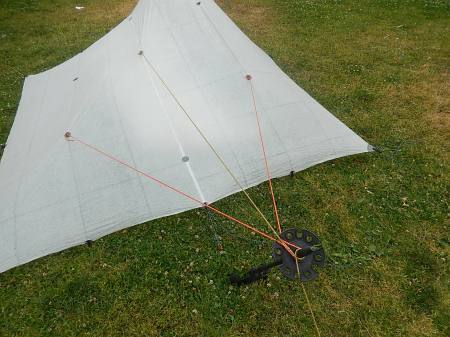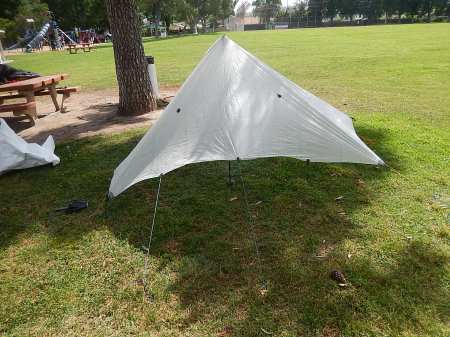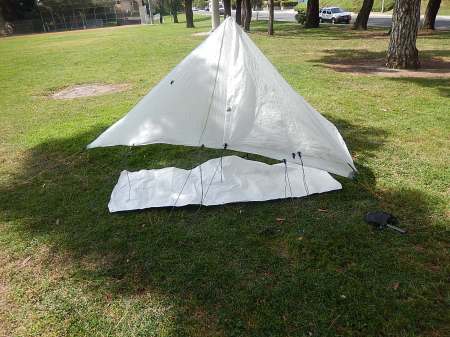Driver: Jim Garrett; split gas expenses. VERY glad Jim used his car- mine was not yet in shape for this journey (It is now).
First evening at Motel 6 South Lake Tahoe ($49)
Second day: full tour of the border of Lake Tahoe, west to east
Second evening : same- NPS office closed ,due to Veterans Day holiday
Arrived at trailhead for Desolation Wilderness located at Echo Lake south terminus in AM third day, buried some trash near Lodge and noted that lot nearest trailhead was closed, parked uphill at secondary lot
Trail outside Desolation area not marked at all; much more elevation change on trail compared w pretrip plan evaluation. Used Lil Sami bear canister
Encountered 3 unleashed dogs inside Wilderness in violation of regulation- these threatened attack on us and were repelled with trek poles; owner showed almost no concern about this confrontation
Arrived at Tamarack Lake mid-afternoon, established camp 100 yd east of lake and used the following gear:
E2 Revelation +20F quilt- enhancing Jim’s inadequate sleeping bag and liner; he expressed great interest in adding a 5F bag to his gear
ZPacks Duplex tent-excellent!!! with vestibules open
TD Caldera alcohol system with Zelph Mega stove (~ 3.5 oz fuel more than adequate for 850 ml water at c freezing temperature) Boil in ~ 30 minutes; Jim could not light stove w firesteel but had success with Bic lighter
WM +5F Antelope bag: excellent! in temps to +27F as measured by my Casio Analog-digital watch at 7820 ft
Left all shell clothes, camp boots, BD Ice gloves and WM Vapor jacket in car- not needed
Did not use Icebreaker leggings in pack, several snacks, 2 desserts, nor REI Glomitts
No wind chill encountered, no rain or snow
Warm temps on return to car, used only base layer top and Marmot Scree SS pants; Return route via Markleeville / Monitor Pass to US 395, stopped at Bishop, got 2L CNOC Vecto flexible water container weighing 3 oz at Sage to Summit in Bishop, CA

Southern margin of Emerald Bay, Lake Tahoe, CA

Jim’s breakfast table at start of trip
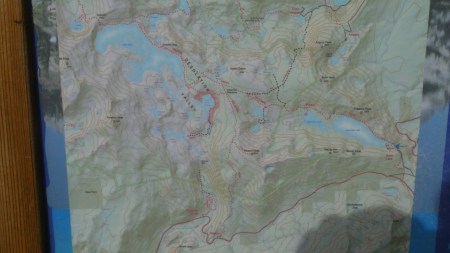
Desolation Wilderness map at trailhead

Looking down on Echo Lakes

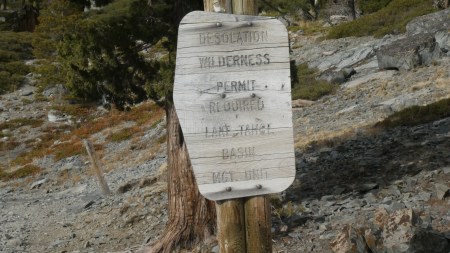
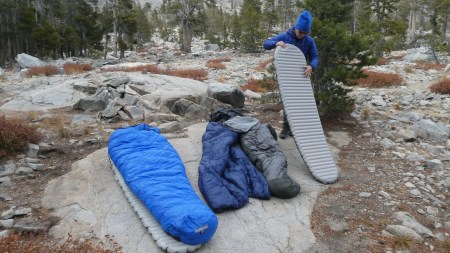
My 5 deg F WM Antelope on the left, Jim inflating his X-Therm pad
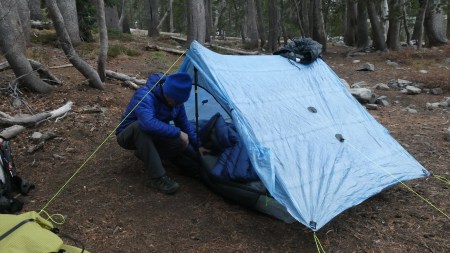


ZPacks Duplex at sunrise
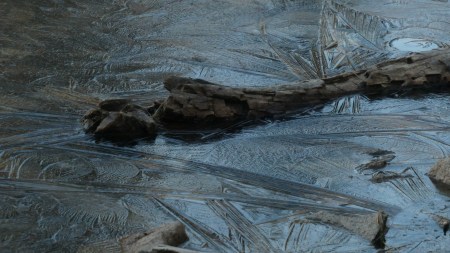
I wished that the US president had been standing on this ice

Scouting our return route
